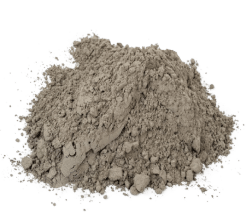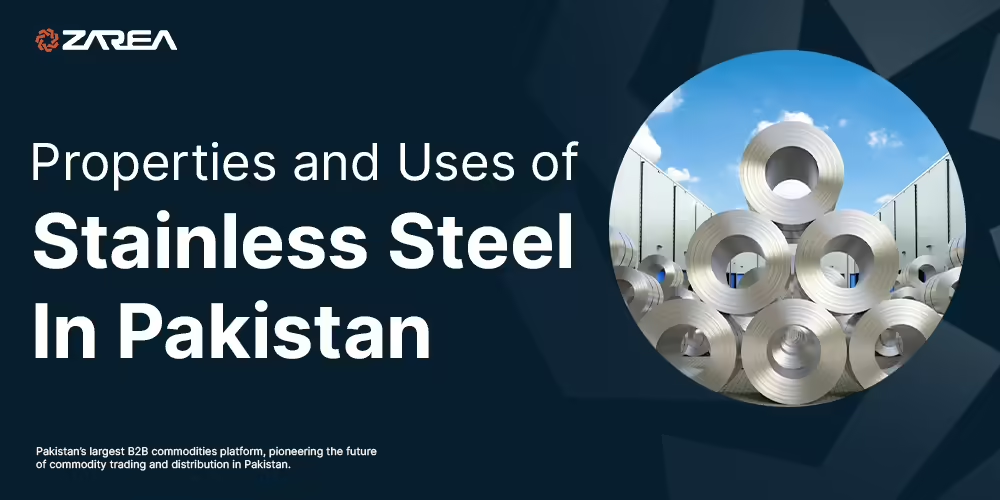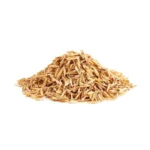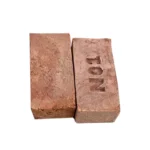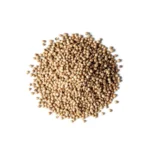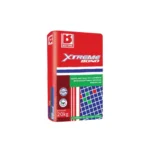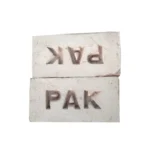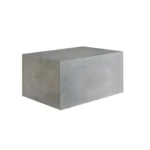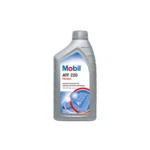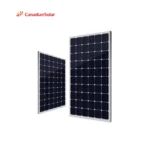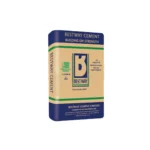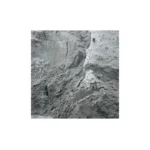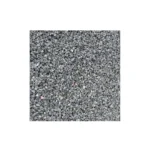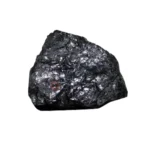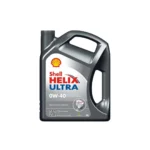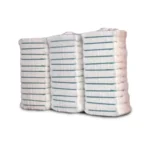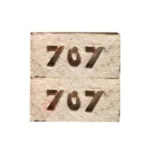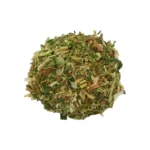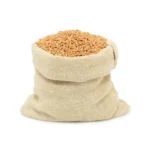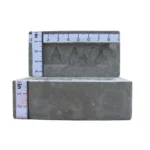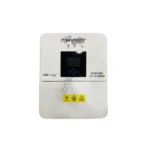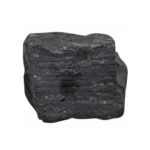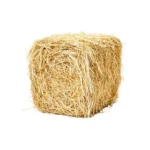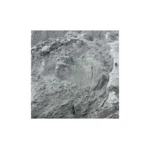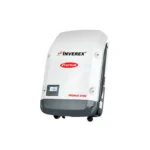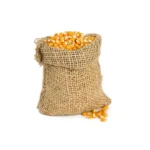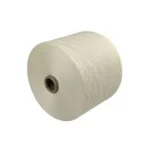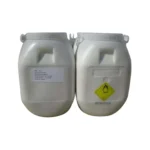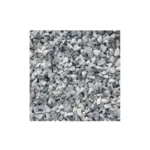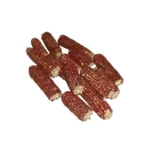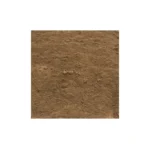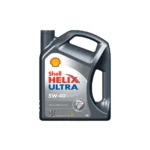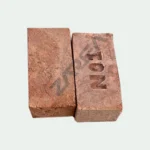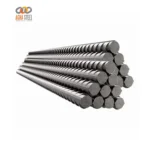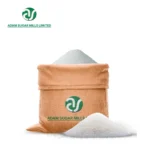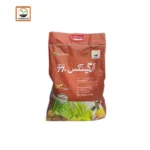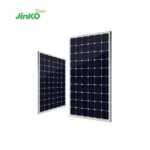The family of iron-based alloys recognized for their corrosion and heat resistance is called stainless steel. One of the most important qualities of stainless steel is its minimum chromium concentration of 10.5%, which offers it exceptional corrosion resistance compared to other steels. Similar to other steels, stainless steel is essentially made of iron and carbon, with the addition of numerous alloying elements, chromium being the most significant. The stainless steel alloys nickel, magnesium, molybdenum, and nitrogen are also prevalent.
What characteristics does stainless steel possess?
Numerous attractive qualities of stainless steel contribute significantly to its extensive use in the fabrication of parts and components across numerous industrial sectors. Due to its chromium concentration, it is very resistant to corrosion. The minimal chromium concentration of 10.5% makes steel roughly 200 times more resistant to corrosion than non-chromium steels. Other beneficial characteristics for customers include its great strength and durability, resilience to both high and low temperatures, enhanced formability and ease of fabrication, minimal maintenance, long-lasting, appealing look, and eco-friendly and recyclable nature. After being placed into operation, stainless steel does not require treatment, coating, or painting.
- Resistant to corrosion
- High tensile strength
- Extremely durable
- Temperature resistance
- Formability and manufacturing simplicity
- Low-maintenance (durable)
- Appealing aesthetic
- Eco-friendly (recyclable)
Stainless steel grading methods
Several numerical grading systems for stainless steel are labeled based on composition, physical qualities, and uses. Each type of stainless steel is designated a numerical grade based on its series number. 200, 300, 400, 600, and 2000 are the most common series numbers. The most popular grades consist of austenitic chromium-nickel alloys and are types 304 and 316. The 400 Series contains cutlery-grade stainless steels developed from ferritic and martensitic chromium alloys. Type 420 is referred to as surgical steel, whereas type 440 is referred to as razor blade steel.
Classification of Stainless Steel
Based on the microstructure of its crystals, stainless steel is divided into four primary groups.
Ferritic
Ferritic steels are 400 Grade stainless steels that are distinguished by their high chromium content, which can range between 10.5% and 27%. In addition to possessing magnetic qualities, they are ductile, tensile, and resistant to corrosion, thermal fatigue, and stress-corrosion cracking.
Uses for ferritic stainless steel
Automotive components and parts, the petrochemical sector, heat exchangers, furnaces, and durable products such as appliances and food processing equipment are typical applications for ferritic stainless steel.
Austenitic
Austenitic-grade steels are heavy in chromium and contain various levels of nickel, manganese, nitrogen, and carbon. This type of stainless steel is perhaps the most prevalent. Depending on the alloys utilized, austenitic steels are categorized into the 300 series and 200 series subcategories. The 300 series austenitic structure is characterized by the inclusion of nickel. The 200 series relies heavily on manganese and nitrogen additions. The most prevalent stainless steel grade is 304.
Uses for Austenitic Stainless Steel
It is utilized in kitchen equipment, cutlery, food processing equipment, and structural components in the automotive and aerospace sectors, and is sometimes known as 18/8 since it contains 18% chromium and 8% nickel. Another typical stainless steel is 316 grade. It is utilized in the production of a vast array of goods, including food preparation equipment, laboratory benches, medical and surgical equipment, boat fittings, and pharmaceutical, textile, and chemical processing equipment.
Martensitic
The 400 Grade stainless steel series contains martensitic stainless steel. Their carbon content ranges from low to high, and they include 12 to 15% chromium and up to 1% molybdenum. When corrosion resistance and/or oxidation resistance are required, combined with either high strength at low temperatures or creep resistance at raised temperatures, this material is utilized. Martensitic steels are magnetic and have relatively high ductility and tensile strength, making them simpler to shape.
Uses for Martensitic Stainless Steel
Compressor blades and turbine parts, kitchen utensils, bolts, nuts, and screws, pump and valve parts, dental and surgical instruments, as well as electric motors, pumps, valves, machine parts, sharp surgical instruments, cutlery, knife blades, and other cutting hand tools are all applications for martensitic stainless steels.
Duplex
As the name suggests, duplex stainless steels have a microstructure composed of both ferrite and austenite. The chromium and molybdenum contents are high, ranging from 22 to 25% and up to 5%, respectively, whereas the nickel concentration is quite low. The duplex structure of stainless steel confers several attractive features. To begin with, it delivers double the strength of conventional austenitic or ferritic stainless steels and superior corrosion resistance and tensile strength.
Applications Utilizing Duplex Stainless Steel
Duplex stainless steel, designated by the series 2000 Grade, is ideal for use in demanding environments, such as chemical, oil, and gas processing and equipment, marine, high chloride environments, pulp, and paper industry, cargo tanks for ships and trucks, and biofuels plants, chloride containment or pressure vessels, transportation, heat exchanger tubes, construction, the food industry, desalination plants, and components for FGD systems.
To learn more about construction materials, construction material prices, and stay up-to-date about the construction industry, visit Zarea.pk blog is the best construction blog in Pakistan.
Zarea.pk ensures that it provides high-end construction materials with unmatched quality. Our online platform’s construction materials have the best base materials prepared from the most precise methods. The companies we have on-board assert a high capacity of manufacturing. We ensure that each enlisted company has a standard compliance certificate that verifies the quality, quantity, and specifications of their construction materials. This is why you will find the construction materials at Zarea.pk are from top-notch brands.
Now you can shop online all the high-quality construction materials in one go. Our rate list will give you insightful information that will cut short the tricky price comparison process in the market.
For the first time in Pakistan, Zarea.pk is offering digital payment solutions for the online buying of construction materials. You can not only browse numerous options for construction materials at Zarea.pk but can also get all the materials delivered to your doorstep. With the technical expertise of Zarea.pk procurement of construction materials doesn’t seem like a complicated process anymore. You can also compare daily construction material prices in Pakistan at Zarea.pk.
